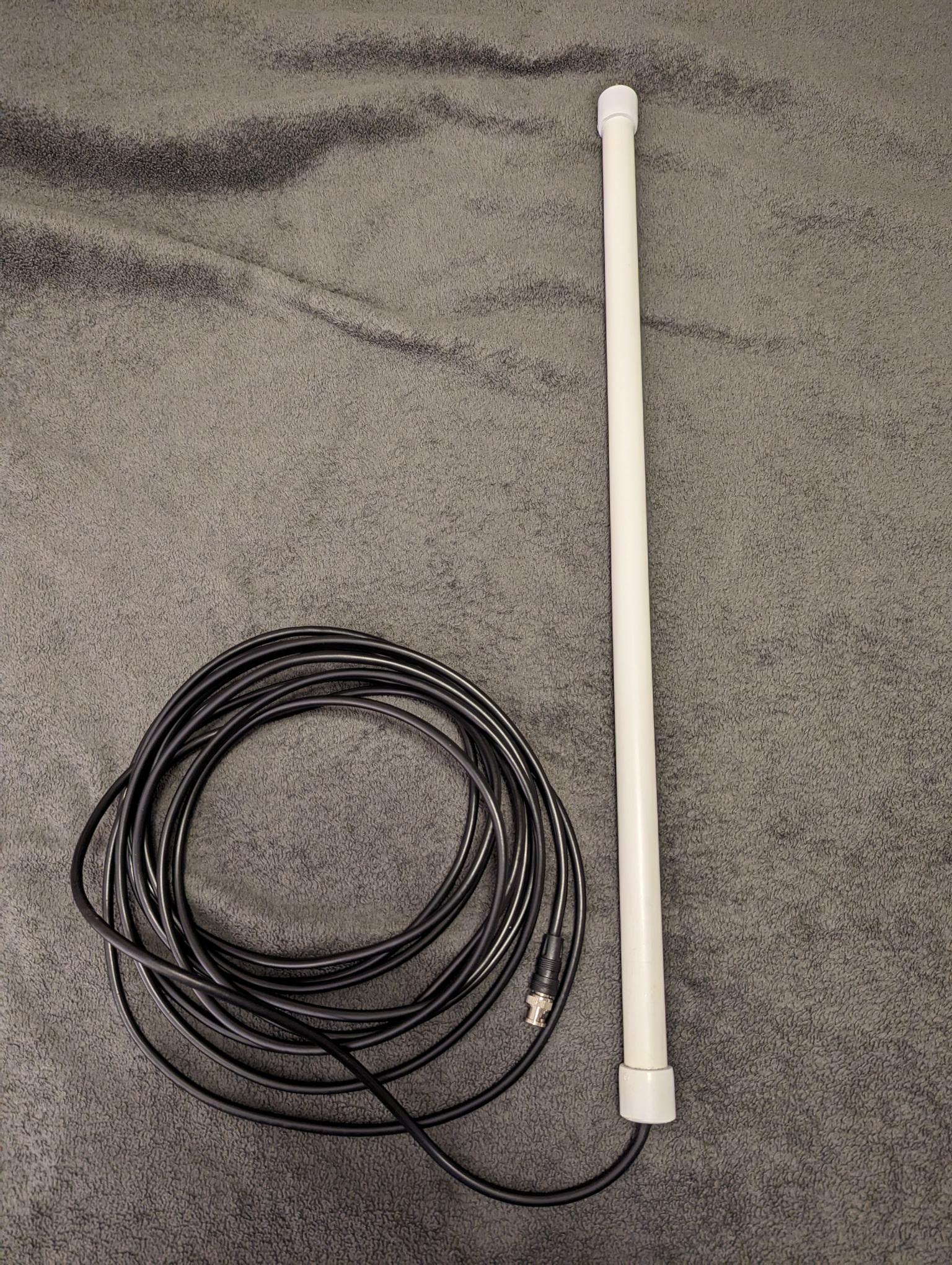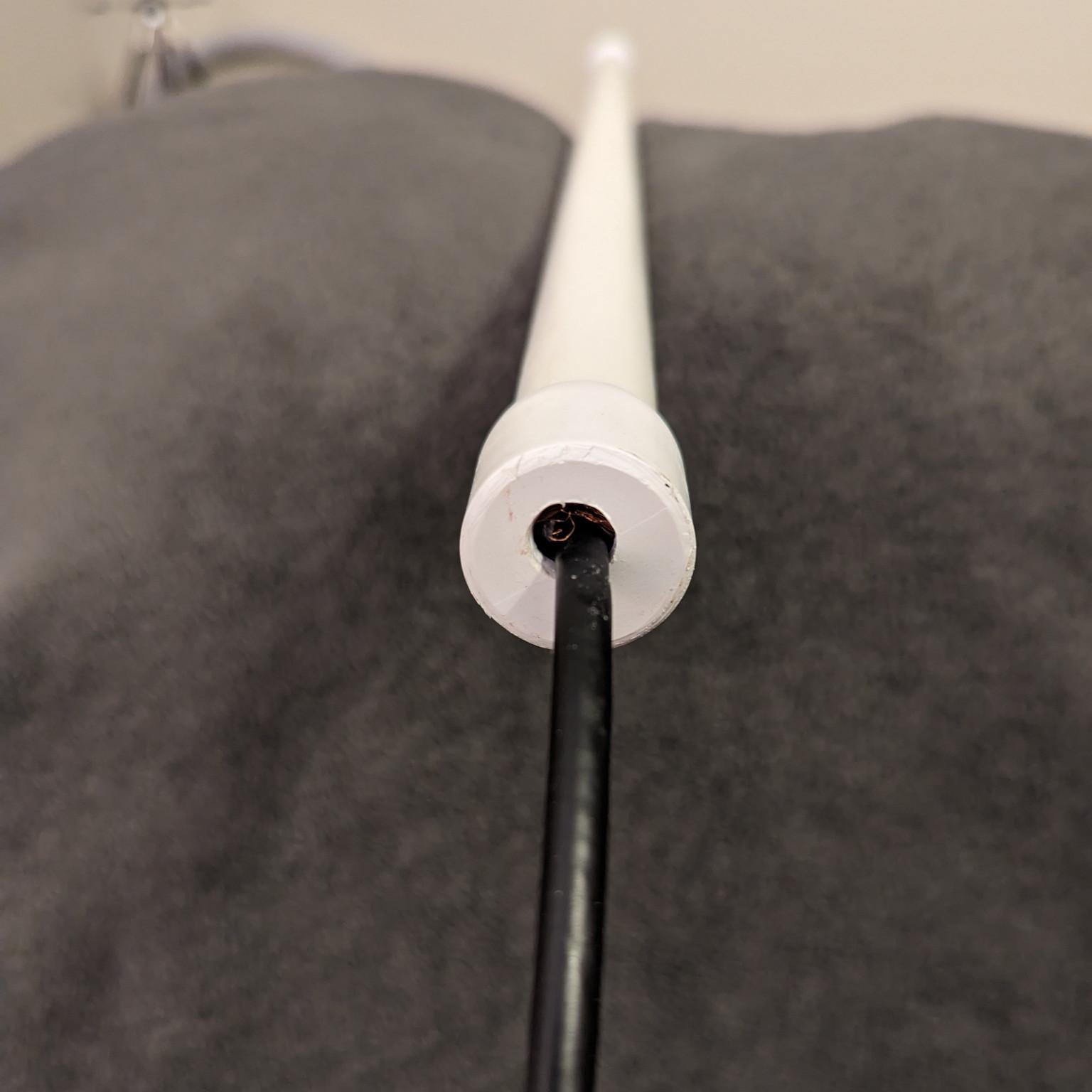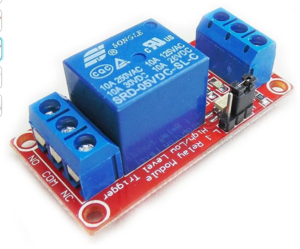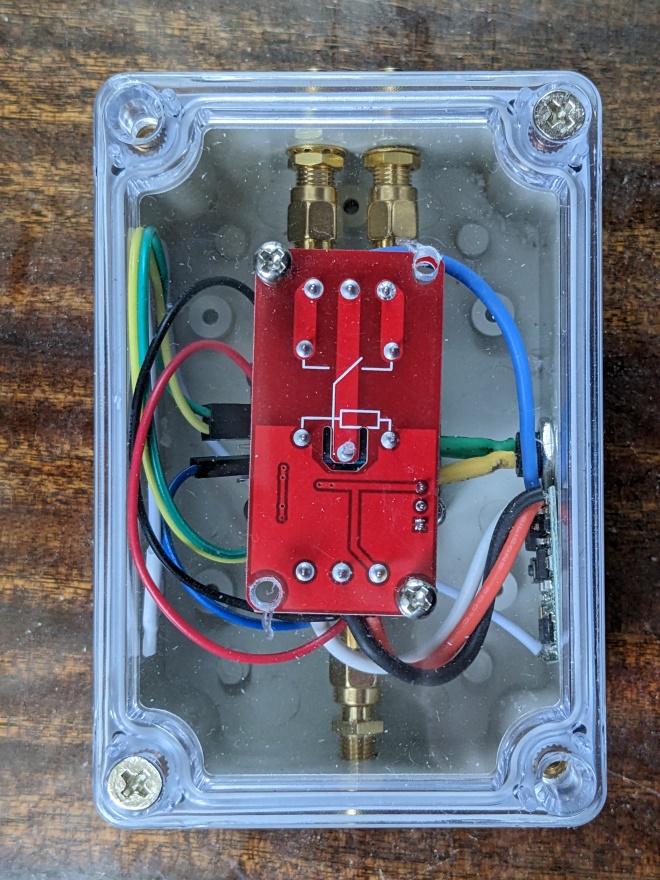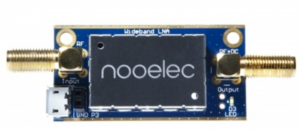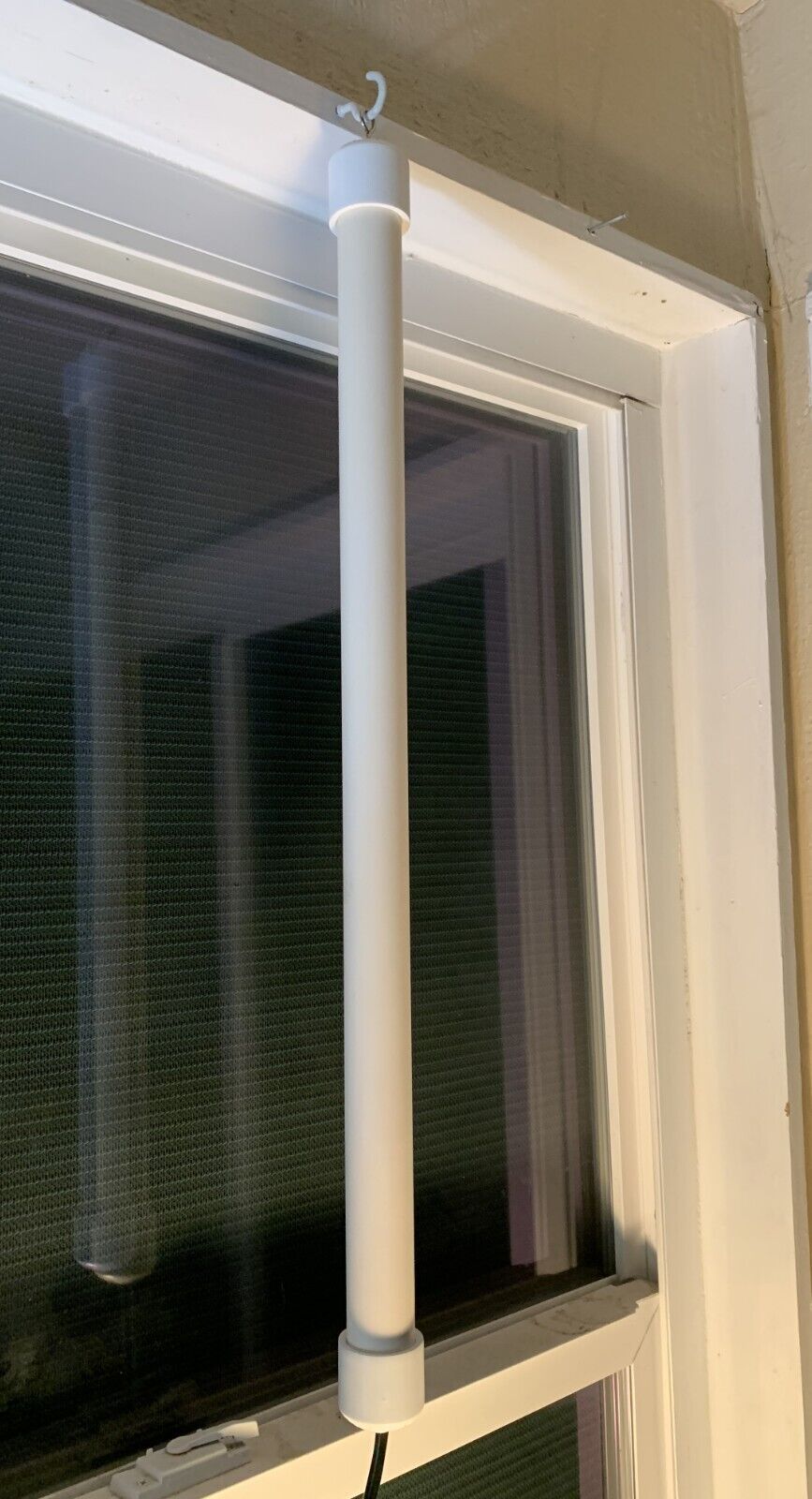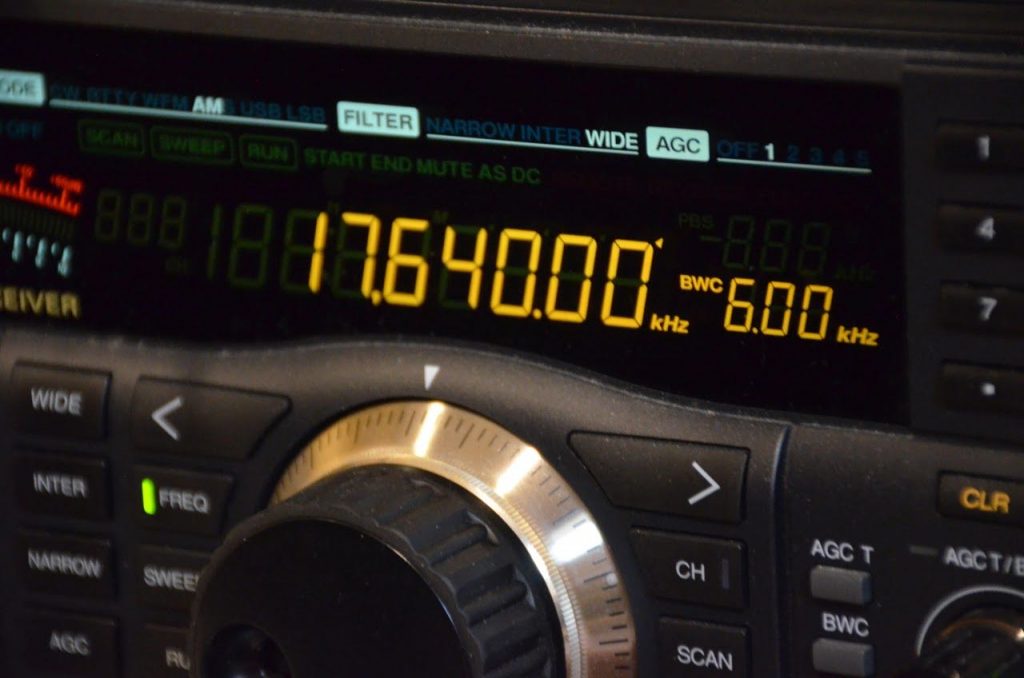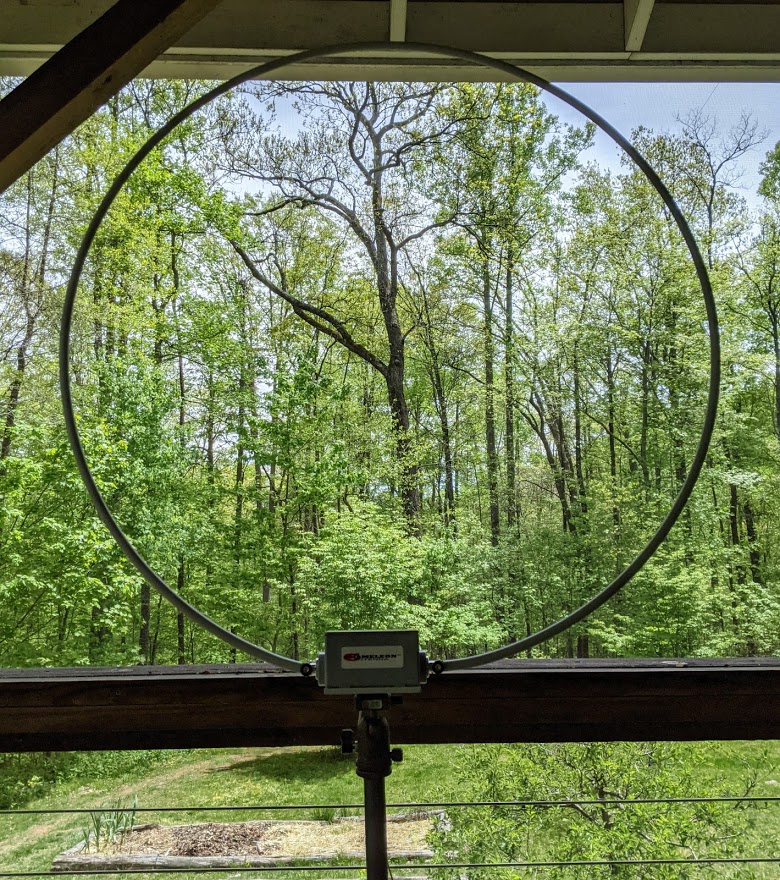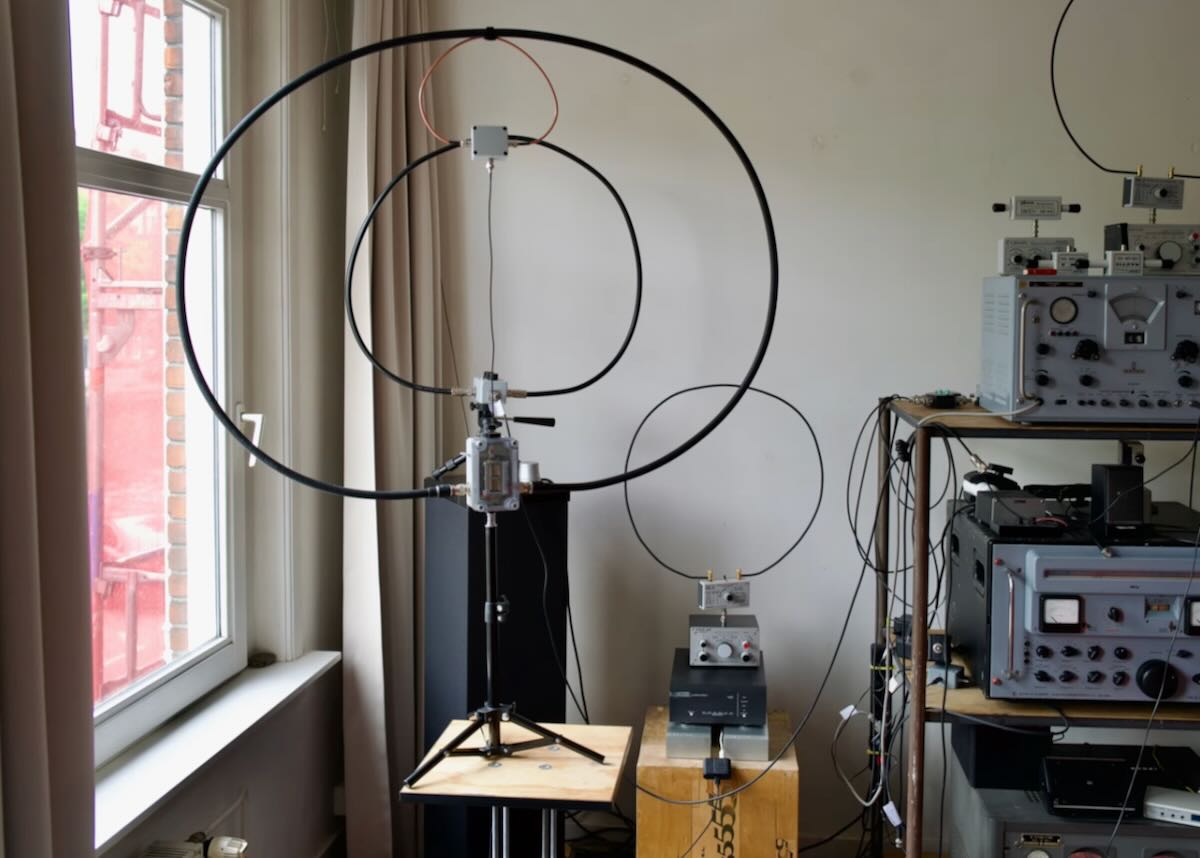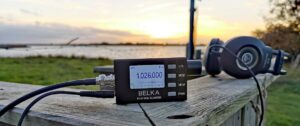Many thanks to SWLing Post contributor, Zach R., who shares the following guest post:
A review of the outdoor Planespotter antenna prototype
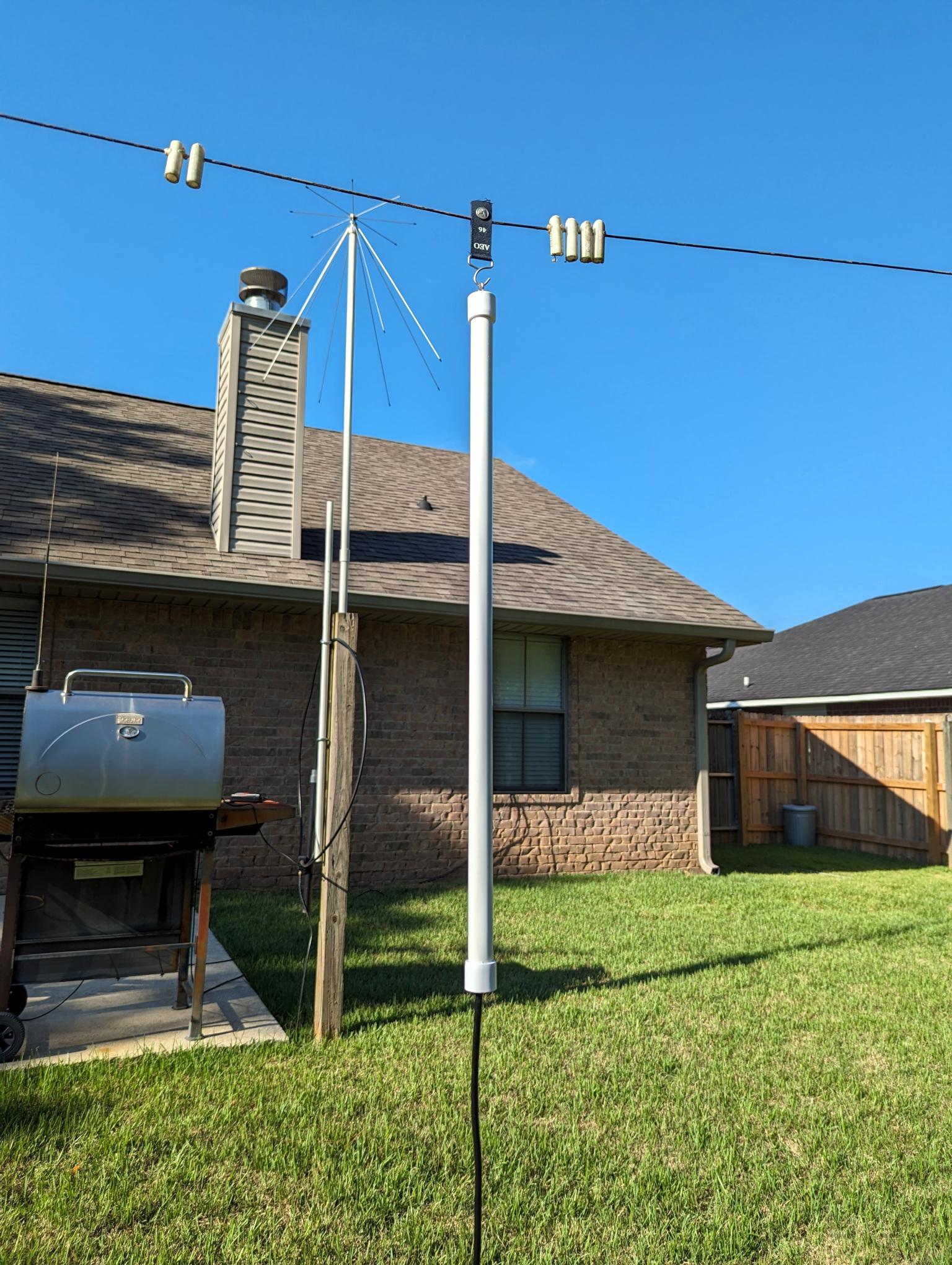 When it comes to airband monitoring, the stock whip antennas that ship with desktop and portable scanners are not the greatest. They’re fine if you’re at an airport and only interested in communications specific to your immediate area, but if you are someone like me who lives well out from any major airport, quality listening in can be impossible without some help in the antenna department.
When it comes to airband monitoring, the stock whip antennas that ship with desktop and portable scanners are not the greatest. They’re fine if you’re at an airport and only interested in communications specific to your immediate area, but if you are someone like me who lives well out from any major airport, quality listening in can be impossible without some help in the antenna department.
Ideally, you want something like a discone or similar for omnidirectional listening, mounted as high as possible. This is not always possible or practical, however. SWLing Post contributor Ron recently reviewed the indoor Planespotter antenna, and I have one as well that works better than any rubber ducky, and can be easily hidden away when company comes.
Recently, the creator has come out with a prototype outdoor model. It’s the same design as the indoor unit, but with a longer run (25 feet) of coax, terminating in a BNC connector.
Besides the longer cable, the only other obvious change is the antenna is house in a skinnier PVC tube from the indoor model. It’s also sealed at the bottom so moisture won’t get in.
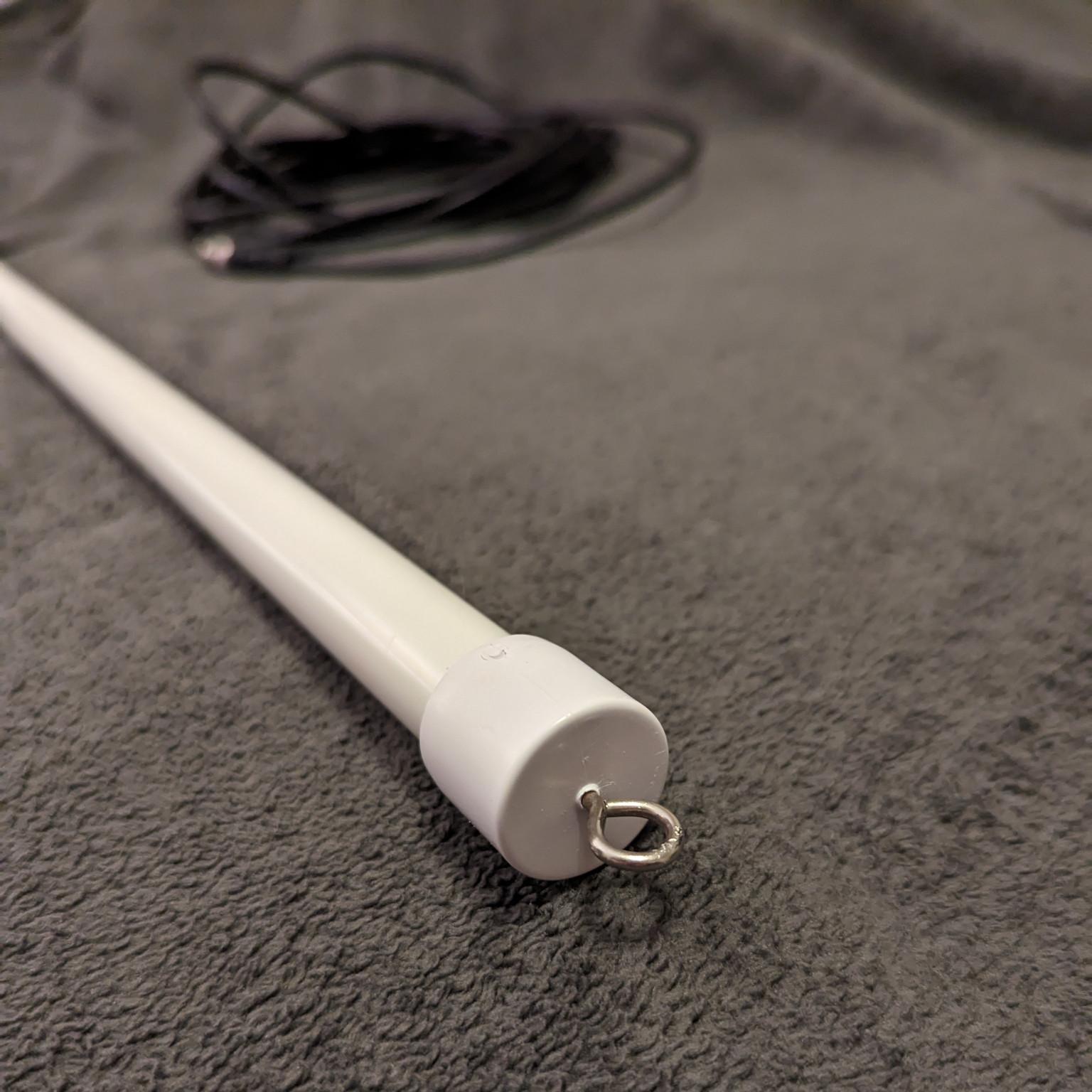 It has the same small metal hook on top, suitable from hanging from various mounts. I’d like more mounting options, but the hook does make for quick installation and removal. The half-wave length isn’t ungainly to handle and if painted it could easily be mounted on the side of a home without many people noticing.
It has the same small metal hook on top, suitable from hanging from various mounts. I’d like more mounting options, but the hook does make for quick installation and removal. The half-wave length isn’t ungainly to handle and if painted it could easily be mounted on the side of a home without many people noticing.
The indoor version definitely works best on the VHF air band and seems to roll off aggressively above and below that band. The outdoor version, in side-by-side tests, seemed to perform the same on the air band but notably better on the VHF public safety band. It also pulled in more UHF air band traffic than the indoor model, despite being basically the same design.
The new outdoor version is a good choice for someone looking for a simple, already assembled antenna that’s suitable for temporary use or stealth mounting.
Disclosure: The outdoor prototype was supplied to me for free in exchange for a review. While taking more photos of the antenna I noticed the weatherproofing had come undone from the bottom. Hopefully this issue can be addressed before the antenna goes into production.
[Zach R. is the owner and editor of the Alabama Broadcast Media Page.]

